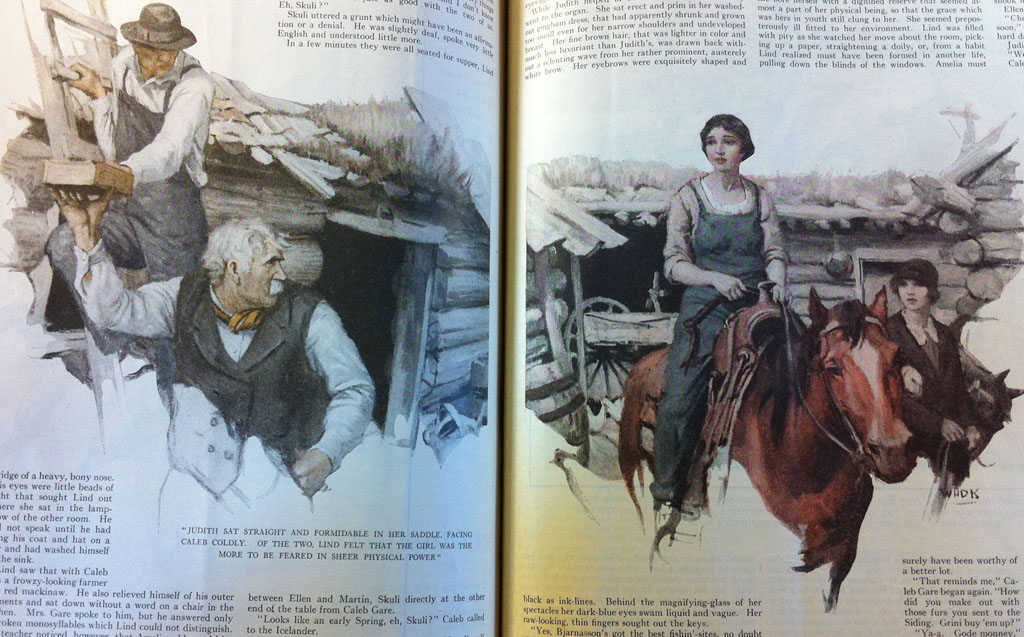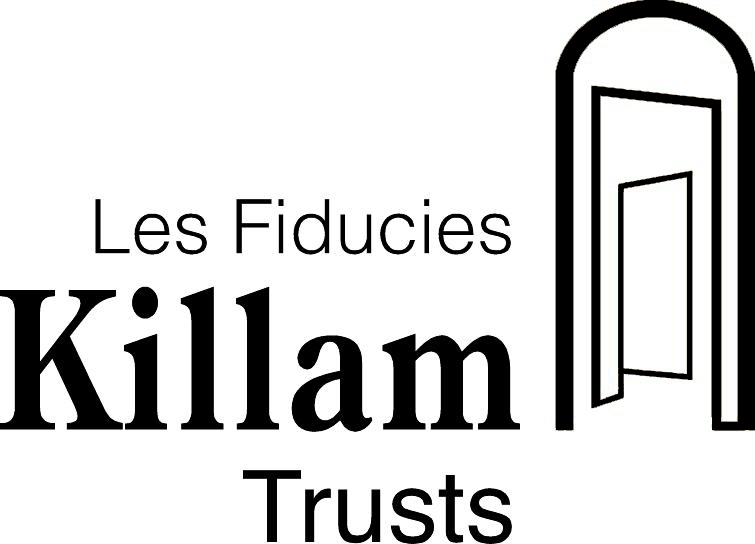“Vast and Unwieldy Archives”: Middlebrow Magazines and Digital Remediation
Project Leader: Hannah McGregor
This project is an interdisciplinary and collaborative undertaking that bridges the areas of periodical studies, middlebrow studies, Canadian literature, and digital humanities. Through the lens of the simultaneous 1925 serialization of Martha Ostenso’s classic of Canadian prairie realism, Wild Geese, in Pictorial Review and Western Home Monthly, it examines the early twentieth century middlebrow magazine as a print culture form that challenges familiar narratives of authorship, nationality, genre, literary quality, and medium.
The recent revival of critical interest in Ostenso has read her as a fundamentally border-crossing figure best understood through liminal concepts such as hybridity and the middlebrow. Scholars have long known that Ostenso’s first novel, winner of a $13,500 award for the best North American first novel, was circulated in different middlebrow media by the award’s sponsors: serialized in the popular American women’s magazine Pictorial Review, published as a single volume by Dodd, Mead, and Company, and turned into a silent film by Famous Players-Lasky. EMiC UA’s research has revealed, however, that the novel was simultaneously serialized in Western Home Monthly, a Manitoba-based family magazine best known for contributing to the success of prairie writers like Laura Goodman Salverson. Western Home Monthly constitutes an under-studied chapter in the history of Canadian print culture, and the fact that Wild Geese—which has been continuously in print via the explicitly nationalist New Canadian Library since 1961—was originally serialized in two middlebrow magazines, one situating it as North American and the other as regionally Western Canadian, is relevant to both the study of Ostenso and the understanding of middlebrow magazine culture in general.
A more rigorous and holistic study of Western Home Monthly and Pictorial Review as the contexts for Wild Geese’s original publication will allow for historically and materially grounded articulations of the forms that Canadian middlebrow culture took as it shifted from an Imperialist to a North American print culture network. This project attempts to increase the possibility for such a situated analysis of the novel’s serialization by offering a new methodological approach to reading magazines. The rise of periodical studies over the past three decades has been marked by particular attention to methodological problems. Struggling to work with the volume of material contained in even a single issue, scholars have tended to study magazines by sampling—reading excerpts from one issue every year, for example—rather than systematic analysis. This project is based on the hypothesis that periodicals are ideally suited for remediation into relational databases, particularly because they already resemble databases, with their capacity to both store and connect enormous quantities of seemingly disparate information.
The question of how databases can aid in the digital remediation of archives is being undertaken at the EMiC UA collaboratory which, in partnership with the University of Alberta Library, has been exploring the use of databases to remediate physical archives, exploiting the database’s sustainability, flexibility, responsivity to multiple forms of queries, ability to handle a wide variety of media, and above all its capacity to operate at the level of relationships, reinforcing the interconnectedness of items within and across archives. Building on this work, “‘Vast and Unwieldy Archives’” will produce a relational database as a proof of concept, modelling the middlebrow magazine as an object of study. This prototype database stands to significantly advance the methodological possibilities of studying periodicals. To maximize the potential for impact and expansion, the project’s other deliverables will include articles aimed at different disciplinary journals in Canadian literature, periodical studies, and digital humanities. It will culminate in a workshop, hosted at the U of A, that will bring together scholars involved in magazine digitization initiatives on both sides of the Atlantic, including the Modernist Journals Project (http://modjourn.org/), the Middlebrow Network (http://www.middlebrow-network.com/), and The Blue Mountain Project (http://diglib.princeton.edu/bluemountain/home). Negotiations are underway to publish expanded versions of the papers presented at this workshop as a special issue of the Journal of Modern Periodical Studies (http://diglib.princeton.edu/bluemountain/home), co-edited by Faye Hammill, Paul Hjartarson, and myself. This project will also involve, as additional forms of resource-building, the pursuit of Ostenso’s currently unarchived papers and the digitization of Western Home Monthly. Both of these initiatives involve the support and collaboration of the University of Alberta Library.


